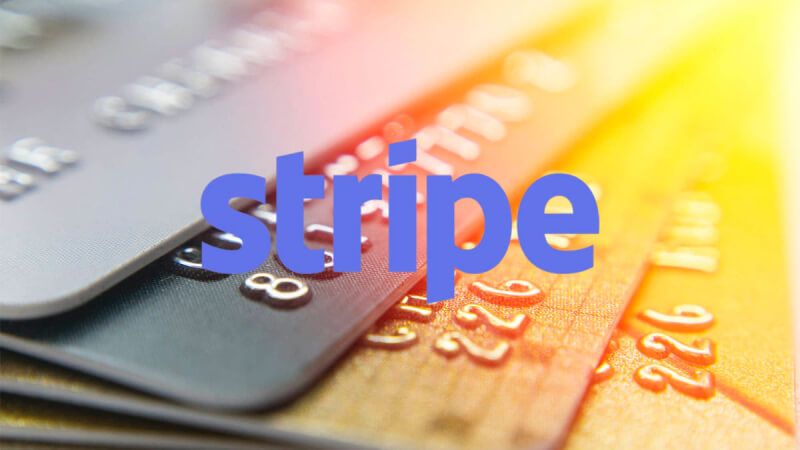- Stripe now allows European customers to buy Bitcoin and other cryptocurrencies using credit or debit cards, boosting accessibility.
- Stripe’s crypto expansion includes Bitcoin, Ethereum, and Solana, enhancing merchants’ and consumers’ access to digital assets.
- Stripe’s new crypto widget helps merchants with transaction management, improving the buying experience for consumers.
Stripe, the first platform to enable Bitcoin purchases, plans to expand its cryptocurrency services to include Ethereum and Solana. This expansion will improve accessibility for consumers, making digital assets more easily obtainable.
Customers will benefit from a cryptocurrency purchase widget that handles charges, disputes, and regulatory obligations. Customers will enjoy a fast, tailored process for buying cryptocurrencies, with Stripe ensuring compliance through Know Your Customer checks.
Enhancing Accessibility and User Experience
Stripe was the first platform to let customers buy Bitcoin. However, it plans to broaden this service to include additional cryptocurrencies, like Ethereum and Solana. This update will considerably improve accessibility by making digital assets more easily accessible to the general consumer. Additionally, when Bitcoin purchases are incorporated into Stripe’s platform, there are numerous advantages for both sellers and buyers.
Stripe’s decision facilitates the effortless integration of a cryptocurrency purchase ‘widget’ for merchants’ websites. This tool manages charges, disputes, and regulatory obligations, among other transaction features.
Meanwhile, customers get the advantage of the fast and effortless process of buying cryptocurrencies and a tailored approach to the clients. In a report released on July 16, Stripe aims to open up Bitcoin, Ethereum, and other digital currencies for both online sellers and buyers.
Through a crypto widget on the Stripe website, the community can access the service; as part of the onboarding process, Know Your Customer (KYC) checks are required. This widget is essential for managing complaints and charges.
The chief of crypto at Stripe, John Egan, highlighted the advantages for retailers. “Merchants may now access a wider audience by depending on Stripe’s onramp for fraud prevention, identity verification, and conversion optimization. This enables them to concentrate on expanding their company and providing customer service,” he said.
Changing to Keep Up with the Crypto
Stripe’s action is in line with the growing use of cryptocurrencies as the EU regulatory environment changes and the MiCA regulations go into force. Stripe has cemented its position in the fintech industry by announcing that it will accept stablecoin payments. In December 2022, the business introduced its fiat-to-crypto payments service, enabling users to buy Bitcoin with Web3 apps.
Furthermore, a major deal might allow early investors in Stripe to cash out. According to Axios, Stripe may enable early investors to sell their shares to Sequoia Capital in a deal valuing the firm at $70 billion. This offer is lower than the $95 billion valuation in 2021 but higher than the $50 billion valuation from last year.
Stripe and other e-commerce startups were encouraged by the early COVID-19 outbreak. These hopes have been dampened by geopolitical difficulties, inflation, and high interest rates. Stripe’s recent entry into the European cryptocurrency industry demonstrates its flexibility and dedication to financial innovation.






